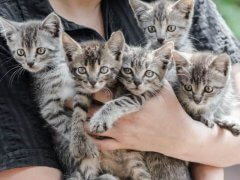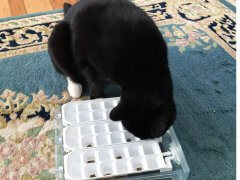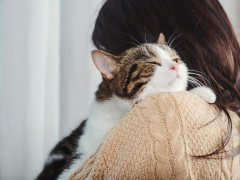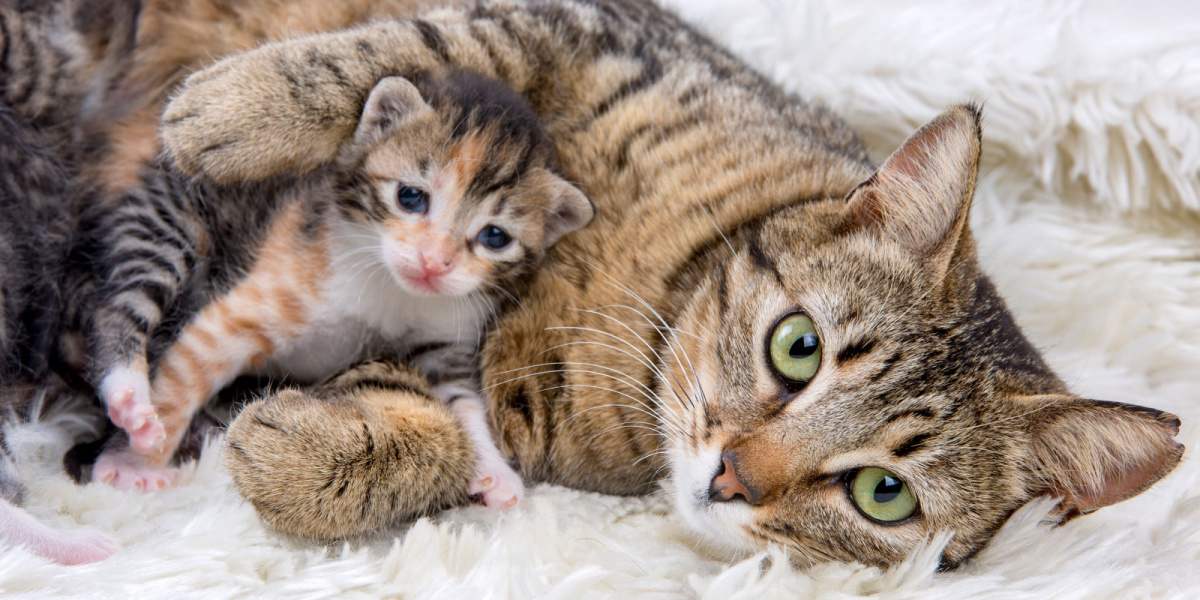
Some female cats will have at least one litter of kittens in their lifetime. If you’re a soon-to-be pet parent of kittens, you might be wondering how many kittens you can expect, so that you can prepare accordingly.
Many factors influence how many kittens a cat will have, including breed, size, age, health, nutrition, environment, and the father. Average litter size is four to six kittens, but first-time moms and older moms typically have smaller litters, between one and three kittens. As soon as you think your cat is pregnant it’s vital to get an ultrasound scan at the vet so you know about how many kittens to expect.Quick Overview
It’s very important to know how many kittens your cat is going to have, as this information helps determine how much feed your cat throughout her pregnancy and allows you to know how many to expect when the time of birth arrives.
There is no straight answer as to how many kittens to expect—the number can vary from just one to more than 10 kittens. Several factors influence the size of a litter, but you’ll also need to consider other external factors. We’re going to delve deeper into this in this article.
Also Read: The 7 Best Litter Boxes For Kittens
Feline Reproduction
A female cat can reach sexual maturity as early as 4 month of age, and can become pregnant from this time if mated. If queens are not spayed, they will have regular heat cycles or seasons. Cats are known as seasonal breeders, meaning they typically have their heat cycles from February to August, so this is typically known as the feline breeding season.
A cat’s heat cycle can last several days to several weeks, and during this time she will be particularly attractive to males or might actively seek out male cats to mate with. Cats are induced ovulators, so ovulation only occurs when they mate.
There are no known health or welfare benefits to allowing a cat to either have a season, or a litter of kittens, and breeding your cat should be a carefully considered decision between yourself and your veterinarian, as it can be a costly and time-consuming process. If you aren’t planning to breed, spaying should occur before your cat has a season, and you can discuss neutering with your vet.
Also Read: Do Mother Cats Discipline Their Kittens? A Veterinarian Explains
How Many Kittens Are Usually in a Litter?
On average, cats give birth to four to six kittens in a litter. Generally, first-time moms have smaller litters, often as small as one to three kittens. A cat will have her largest litters in her younger years (after her first litter). As a cat ages, litter size tends to reduce to about three kittens. Cats can give birth to kittens from different fathers. If they have been mated more than once during a heat cycle, they can develop fetuses from both breedings.
Also Read: When Will My Cat Stop Hissing at the New Kitten?
What Affects How Many Kittens Are in a Litter?
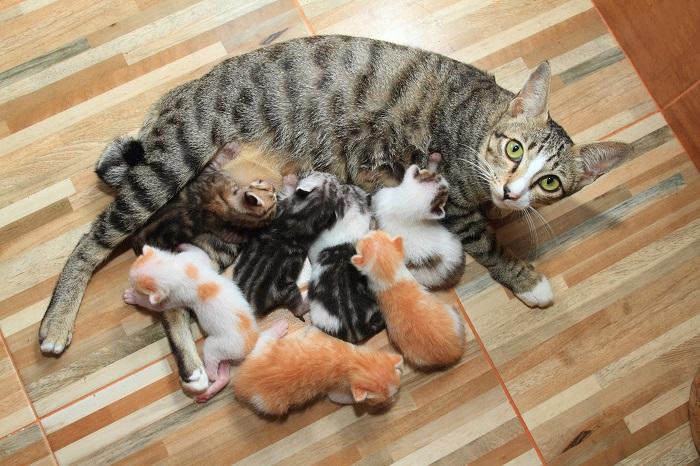
Many factors influence litter size, including age, breed, health, nutrition, and stress.
The number of kittens a queen will give birth to can be influenced by several environmental, health, and genetic factors, meaning it can be almost impossible to predict how many kittens she will have. But there are some factors and indicators that can be useful and important to be aware of if you are planning to breed your cat.
1. Age
A first-time mom will typically give birth to a small litter, usually between one and three kittens. But for further pregnancies, whilst young queens will have much larger litters. Litter size reduces again as cats get older.
Also Read: How To Introduce A New Kitten To An Older Cat
2. Breed
It’s known that Siamese, Maine Coons, and Ragdolls tend to have larger litters than other breeds such as Persians, which typically have fewer kittens. Genetics do play a role, so if you know how many kittens your cat’s mom had, it might be a useful indicator, although not always reliable on its own. Smaller cats tend to have smaller litters than larger breeds.
Also Read: Sexing Kittens: How To Determine The Sex Of Your Kitten?
3. Health
Certain health conditions and viruses (particularly feline distemper and feline infectious peritonitis) can decrease a queen’s fertility and reduce her chances of getting pregnant. Poor health tends to lead to smaller litters, and also increases the risk of fetal reabsorption and miscarriage.
4. Nutrition
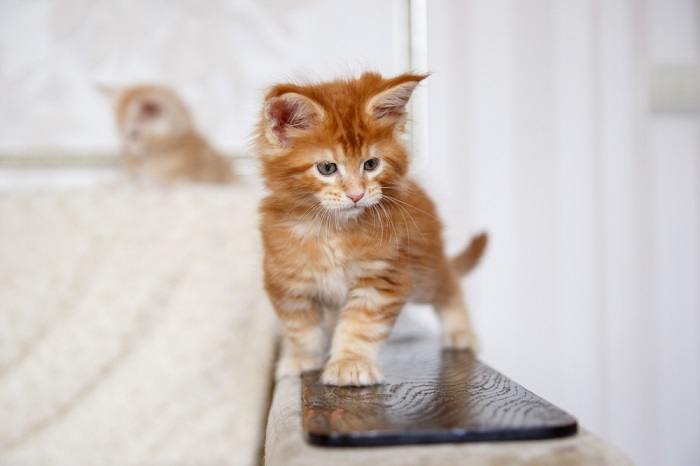
Pregnancy is taxing on the body, so cats that get inadequate nutrition might carry fewer kittens.
Malnutrition, such as in feral and stray cats, generally leads to smaller litter sizes as the queen simply isn’t healthy and nourished enough to support the development of more kittens. A well-balanced diet and maintaining a healthy body weight is essential if you are planning to breed your cat, as well as sustaining a healthy pregnancy to full term.
Also Read: The Complete Guide To Feline Nutrition
5. Stress
Stress has a big influence on the body in a number of ways but is particularly impactful during pregnancy. Stress in cats can lead to smaller litters.
6. The Father(s)
It takes two to tango! The health, genetics, and fertility of a tomcat also have an influence on the number of kittens a queen will give birth to. Also, if a queen is mated more than once during her heat cycle and has kittens fathered by more than one tom, the litter size might be larger.
Also Read: Do Cats Enjoy Sex Or Mating?
7. Environment
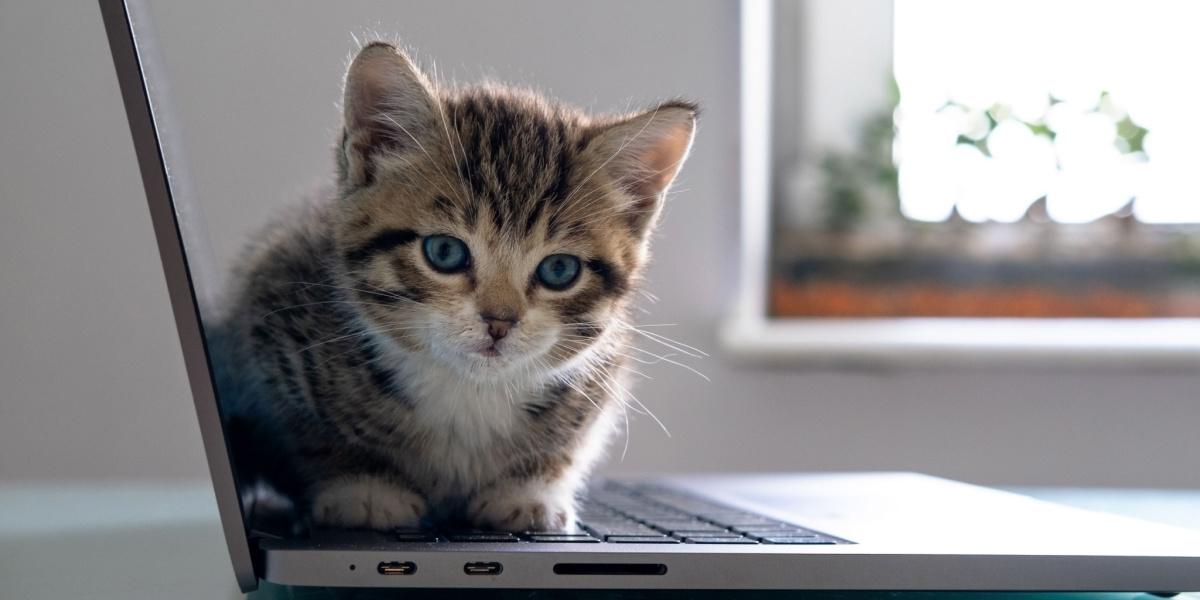
Indoor cats exposed to a lot of artificial light might get pregnant throughout the year and have larger litters.
The environment, particularly light, can impact a queen’s reproductive cycle. Cats are seasonal breeders, tending to come into season between February and August. It’s thought that cats exposed to more artificial light, such as those who live only indoors, will have year-round cycles, and therefore possibly produce larger litters.
How Do You Know How Many Kittens Your Cat Is Having?
Once you know your cat is pregnant, you can expect a litter of kittens in 60 to 67 days. But how do you know how many kittens to expect? There’s no way of telling how many kittens your cat is having at home—you’ll need a trip to the vet to get a number, but even then, it can be difficult to be accurate.
Sometimes a veterinarian can tell if a cat might be pregnant by abdominal palpation—feeling your cat’s belly. This can raise strong suspicions of pregnancy but is not a reliable method of pregnancy diagnosis on its own.
Ultrasound scans can be used from as early as three weeks to determine whether a cat is pregnant. Once the kittens have started to form bones, an x-ray can also be used to determine the number of kittens. Don’t worry—neither of these methods will cause any harm to your cat or her kittens and are perfectly safe.
But it’s important to remember that with both these methods, there is no guarantee of accuracy. It can be extremely difficult to count how many kittens are in there, some might be difficult to find with the scanner, and sometimes fetal reabsorption can occur, especially in earlier stages of pregnancy. Your vet will give you a rough estimate of the litter size and use this to guide you on how to support your pregnant cat.
Also Read: What Can You Give A Cat For An Upset Stomach?
Why Is It Important To Know How Many Kittens Your Cat Is Having?
Finding out how many kittens your cat will give birth to isn’t just about curiosity, it’s essential for guiding nutrition and care for your cat throughout their pregnancy, as well as preparing for the birth.
All pregnant queens need to consume 25% more food than normal in the last four weeks of pregnancy, but if your cat is expecting a very large litter, she will need to eat even more than a cat expecting only two or three kittens.
Incorrect nutrition during pregnancy can be detrimental to both the kittens and the queen. And when it comes to the birth, if you know how many kittens to expect, you will know if something isn’t right and when to seek veterinary advice or intervention.
Also Read: Do Mother Cats Discipline Their Kittens? A Veterinarian Explains
Final Thoughts
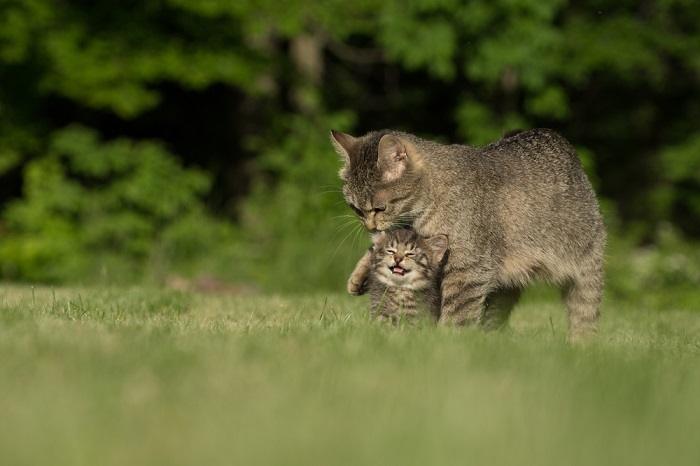
If you suspect your cat is pregnant, schedule an ultrasound scan at the vet so you know about how many kittens to expect.
Expecting kittens is an exciting time, but there’s lots to consider to ensure you can support your cat’s needs throughout her pregnancy and birth. It’s impossible to predict how many kittens a cat will have, but there are some factors that can help predict litter size and the average litter size is four to six kittens.
A first-time mom will have smaller litters, and as she ages, her litter sizes will reduce. But health, nutrition, environment, and the father as well as the breed will influence litter size. As soon as you think your cat is pregnant it’s vital to get an ultrasound scan at the vet’s, although it’s not possible to give a precise number even from this. Always seek veterinary advice and support throughout your cat’s pregnancy regarding nutrition and the birthing process.
Also Read: Does My Cat Think I’m His Mom? The Answer Might Surprise You…
Frequently Asked Questions
How many kittens does a first-time mother cat have?
A first-time mom will typically have a smaller litter than subsequent litters. You can usually expect one to three kittens.
What determines how many kittens a cat has?
Breed, size, and age impact how many kittens a cat will have. But other factors such as health, nutrition, environment, and the father also have an influence.
How many kittens usually survive in a litter?
Mortality rates depend on a number of factors including environmental factors, nutrition, and disease. In one study of pedigree cats it was found that 7% of kittens were stillborn, and 9% died in the first 8 weeks of life.
Should I stay with my cat while she gives birth?
Most cats prefer to be left alone while they give birth, but you do need to stay watching very close by to monitor for any problems that will need prompt action.
 Fact checked by
Fact checked by
